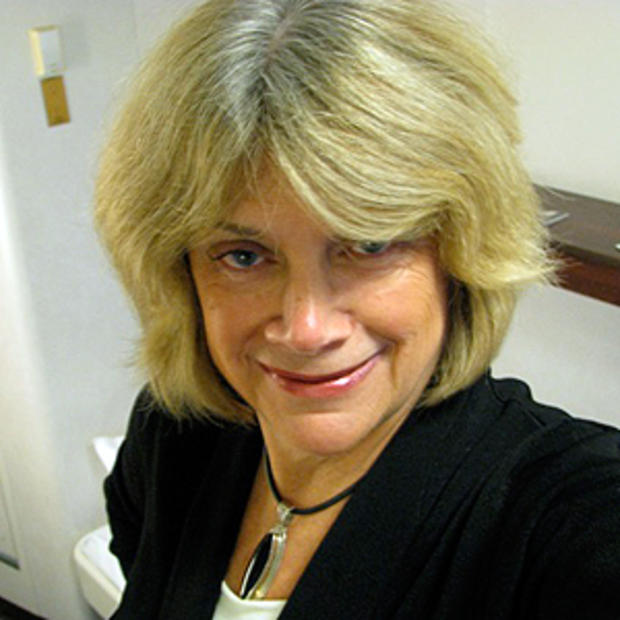A couple of summers ago, our group of five Whidbey Island friends decided to be more pro-active in our getaways. We traveled to Saturna Island in British Columbia, with bicycles on board and a guided kayaking excursion on the menu. Three days later, we returned home feeling sporty and energized, vowing to do more of the same the next year. We even gave ourselves a name: Water Dogs.
Well, in 2007, the Water Dogs were grounded. But this summer, our quintet found an agreeable date to spend a night just across the water at Cama Beach State Park on Camano Island. I remember Cama Beach Resort as a kid, as my grandparents had a summer house at Warm Beach on the mainland. Cama Beach was a popular fishing resort, run by Muriel and Lee Risk from 1934 to 1989. Their daughters took over the property in 1990, and after five years of discussions and negotiations, the resort was purchased in 1995 by the state of Washington for $6.7 million. Today, it's on the National Register of Historic Places, and its 50 historic buildings are a throwback to a time gone by.
The renovated and restored resort opened in June of this year and is now the centerpiece of the 430-acre Cama Beach State Park. Located on the southwest shore of Camano Island, it overlooks Saratoga Passage and the Olympic Mountains beyond. And yes, there was our isle of Whidbey, stretched out in front of us. Luckily, we brought binoculars, and Sandy was able to spot her house high on a bluff tucked into the trees.
There are 33 cabins, two dozen of them small waterfront cabins with bathrooms in a separate bath house. Or as the sign reads, Bathouse. There are also six deluxe cabins (with bathrooms), but we opted for one of the two large bungalows that sleep up to eight. Wisely, they don't allow parking down below, so after checking in at the Welcome Station up top, you can either haul your stuff down in a cart or use the complimentary shuttle service that runs between the upper parking areas and the beach.
Also in the state park is a branch of The Center for Wooden Boats. It's their pilot year, and they'll be putting on programs and workshops, along with renting out traditional wooden rowboats on select days of the week. They were not in the Boathouse when we were there, having gone to exhibit at the Stanwood-Camano Community Fair.
The five of us arrived in two vehicles, both packed to the gills. Although this was just an overnighter, we had enough stuff to open up a small retail outlet: sleeping bags, pillows, blankets, towels, clothes, coolers, wine and copious fixins' for lunch, dinner, snacks, and breakfast the next morning. Plus all the cookware and utensils, which are not provided. Our cedar-lined cabin was cozy, once we figured out how to turn on the propane stove; the pilot light was off, but a female ranger came to our rescue. We drew numbers for the sleeping spaces and filled up the fridge with all our perishables. The biggest surprise was there was no stove in Bungalow A, just a convection microwave.
Since this was our Water Dogs getaway, kayaking was the afternoon activity. Janet arranged for a kayak company to meet us, and although none of us would be considered expert kayakers, we were somewhat surprised to see Hobie kayaks lined up on the beach. Hobie kayaks aren't sea kayaks, but more like plastic tub toys that you paddle and pedal, but not at the same time.
We donned our snug-fitting PFD's (personal flotation devices, formerly called life jackets) and got into the boats. Janet and Bernita paired up, as did Sandy and Vic — I was going solo. Another couple joined our group, and we were good to go. The kayaks are the "sit atop" type, not the tucked-in-with-a-spray skirt variety that we were accustomed to. And the rudder control was a small hand-operated lever that had a mind of its own.
For the next couple of hours, we paddled and pedaled, doing one or the other. We spotted eagles and a seal and figured out that big white line out in the distance was the shell beach of Baby Island. We got out at Camano Island State Park for a leg stretch and restroom break, and told our guide we were ready to head back. After all, we had to make a dent in all the food and beverages that were awaiting us in our bungalow. Our departure was none too soon, as the wind started whipping up, and the rain began to fall.
Pedal. Paddle. Pedal. Paddle. I was making little or no progress, heading straight into the wind. At one point the guide asked me how I was doing. "Fine, I'm just in a zone," I said. I think my zone was too slow for her, so she put a rope on my Hobie and towed me for about ten minutes.
Not my finest kayaking moment.
By the time we hit the beach, we were soaked from head to toe, with our spirits and laughter intact.
We Water Dogs had done good.


